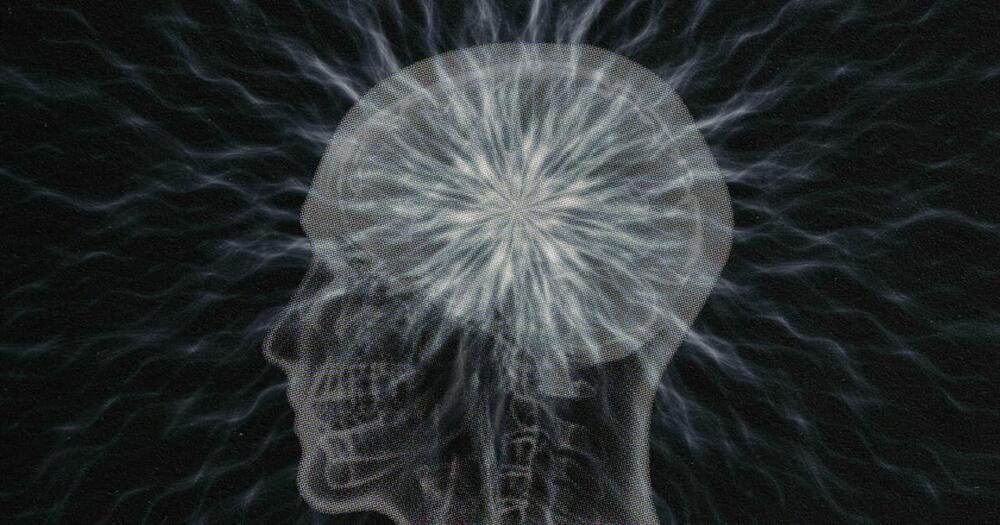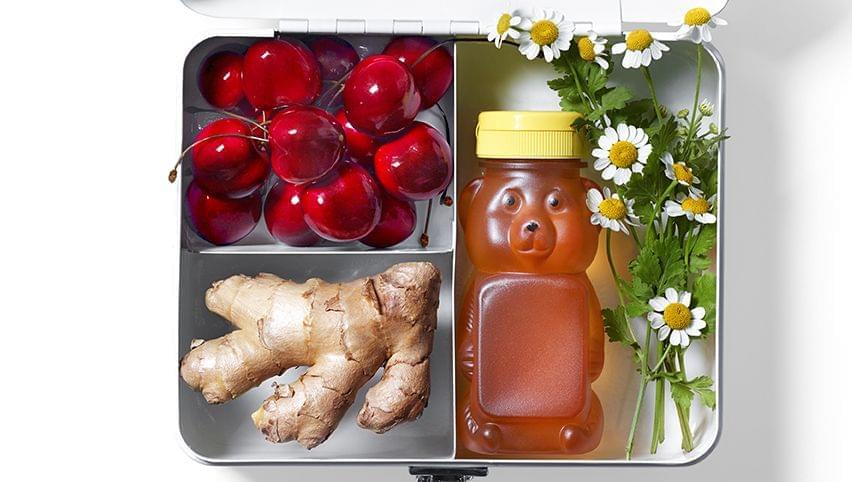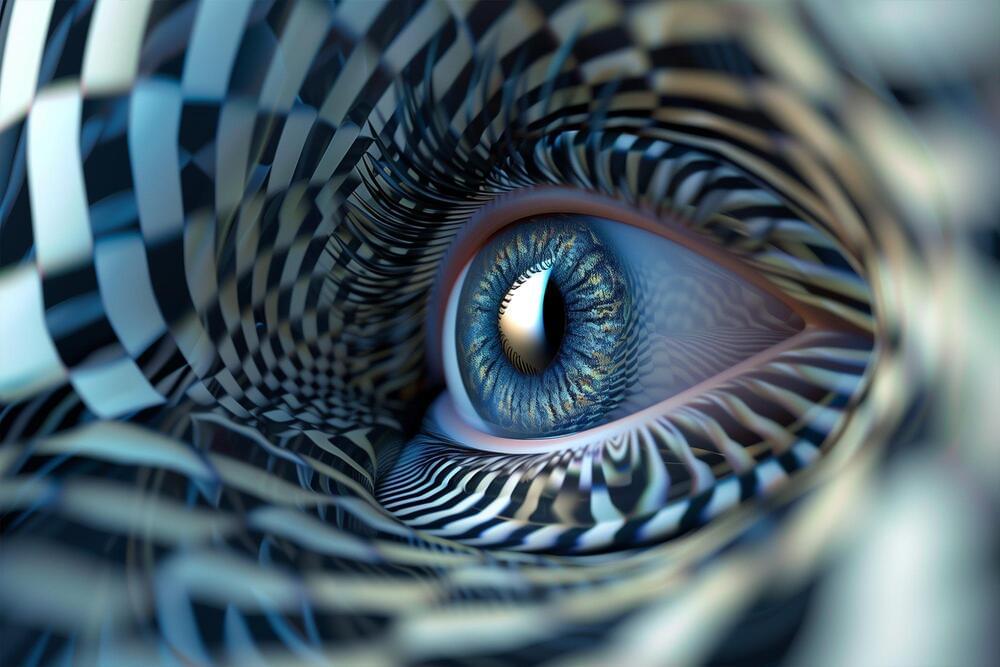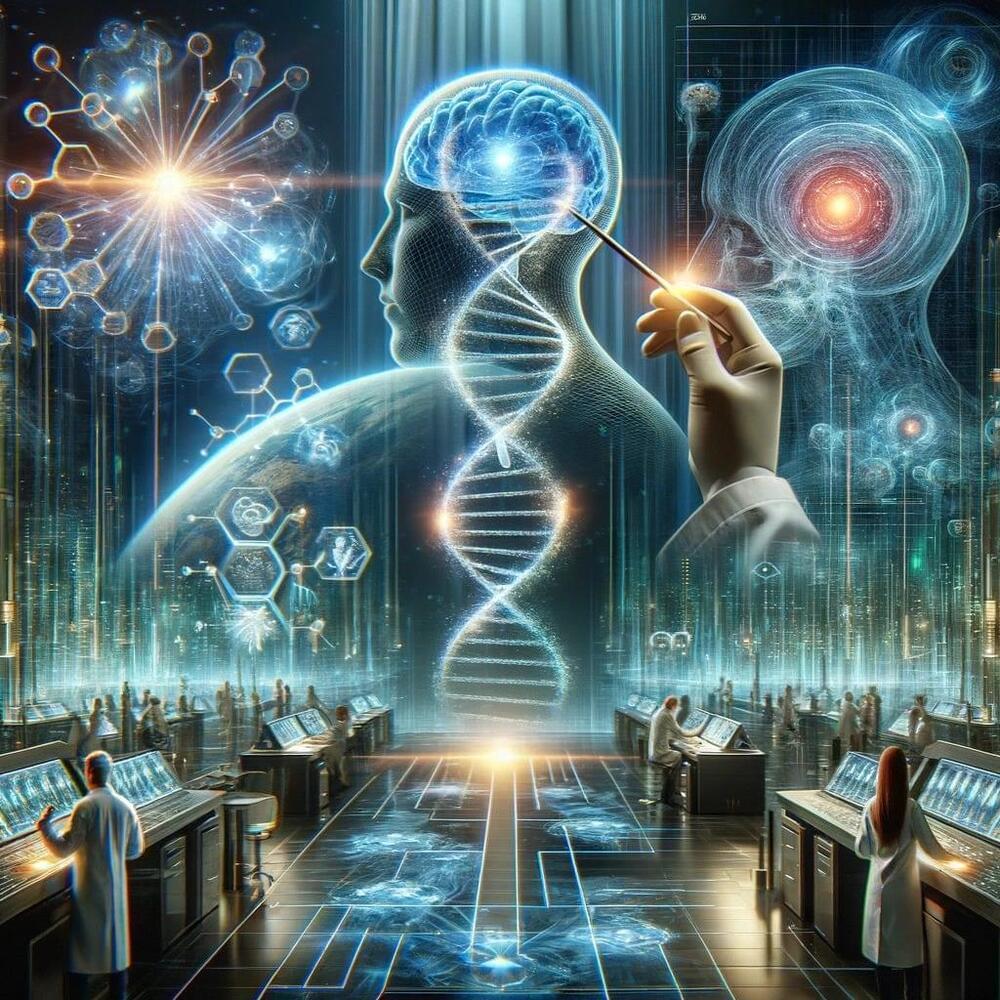DARPA just tested an autonomous tank that could help keep soldiers safe — and even more self-driving military vehicles are on the horizon. If autonomous vehicles prove capable enough for the battlefield, the tech could someday start finding its way over to civilian uses, too.
The challenge: Tanks have played an important role in the US military for more than 100 years, thanks to their tremendous firepower and armor, but every time the Army puts a soldier into a tank and sends them into combat, it’s putting their life at risk.
Even if the tank is never attacked by an enemy, there’s some evidence that simply firing a tank can cause brain damage for the operators inside, potentially leading to problems with cognition and mental health.







